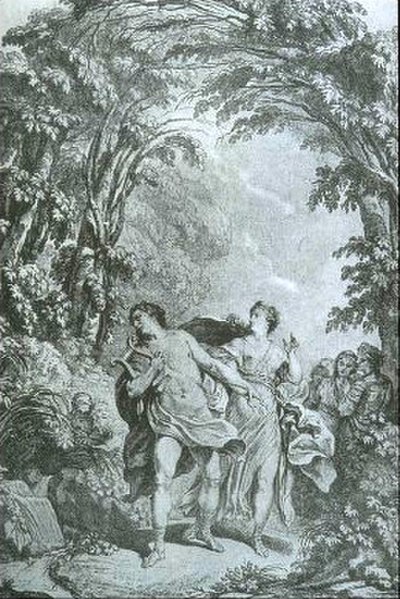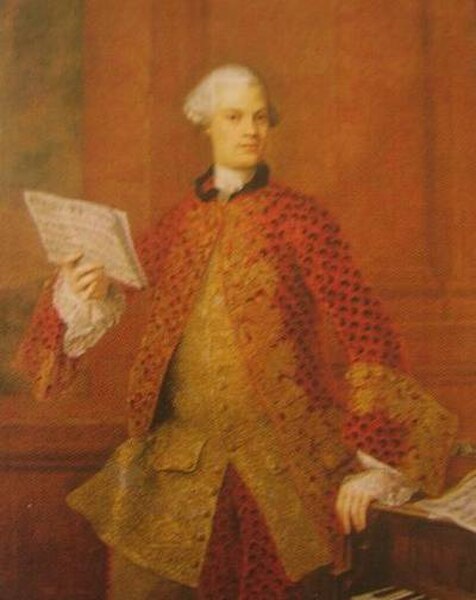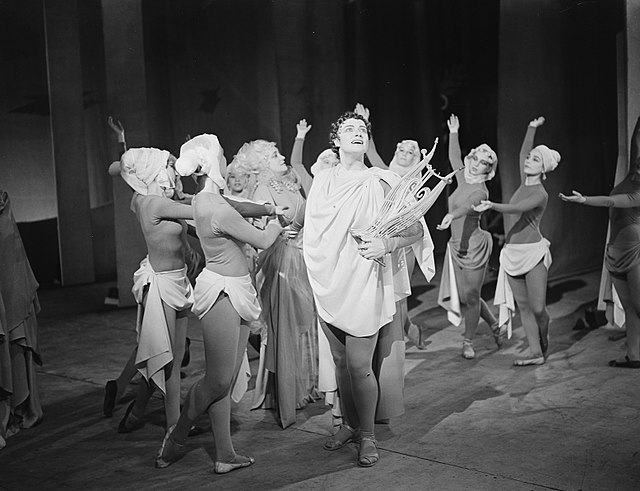Pierre-Louis Moline was a prolific French dramatist, poet and librettist. His play La Réunion du six août was one of the longest-running patriotic pieces during the time of the French Revolution with 52 performances at the Paris Opéra. He also wrote the epitaph for the tomb of Jean-Paul Marat. However, he is best remembered today for having adapted Calzabigi's libretto for Gluck's Orphée et Euridice.
Pierre-Louis Moline, 1780
Orfeo ed Euridice is an opera composed by Christoph Willibald Gluck, based on the myth of Orpheus and set to a libretto by Ranieri de' Calzabigi. It belongs to the genre of the azione teatrale, meaning an opera on a mythological subject with choruses and dancing. The piece was first performed at the Burgtheater in Vienna on 5 October 1762, in the presence of Empress Maria Theresa. Orfeo ed Euridice is the first of Gluck's "reform" operas, in which he attempted to replace the abstruse plots and overly complex music of opera seria with a "noble simplicity" in both the music and the drama.
Illustration from the first printed score (1764)
Algarotti by Jean-Étienne Liotard in the Rijksmuseum
Gaetano Guadagni, the first Orfeo
Ferrier in Orfeo & Eurydice (1949)





